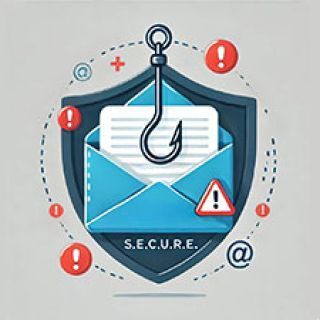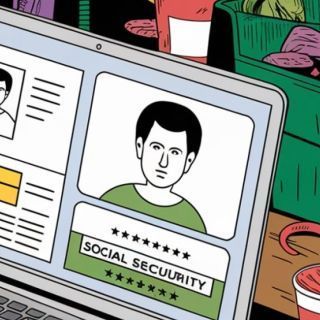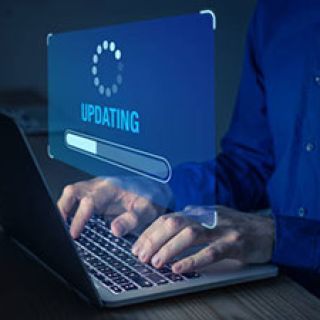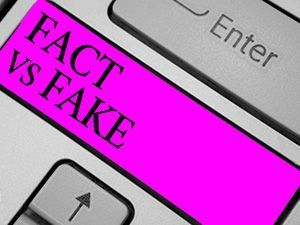In today's hyperconnected world, cybersecurity is a critical concern for individuals and organizations alike. However, as the digital landscape evolves, so do the myths and misconceptions surrounding cybersecurity. If you want to be protected, you have to understand what the real threats are and how you could be unknowingly overlooking them every single day. In this article, we will debunk 5 common cybersecurity myths to help you stay informed and protected as you take your business into 2024.
Myth 1: "I'm too small to be a target."
One of the most dangerous cybersecurity myths is the belief that cybercriminals only target large organizations. In reality, cyber-attacks do not discriminate by size. Small businesses, start-ups and individuals are as susceptible to cyberthreats as larger enterprises. Cybercriminals often target smaller entities precisely because they may lack robust cybersecurity measures, making them easier prey. To stay safe, everyone should prioritize cybersecurity, regardless of their size or scale.
Myth 2: "Antivirus software is enough."
Antivirus software is an essential component of cybersecurity, but it is not a silver bullet. Many people mistakenly believe that installing antivirus software on their devices is sufficient to protect them from all cyberthreats. While antivirus software can help detect and prevent known malware, it cannot stand up against sophisticated attacks or social engineering tactics. To enhance your protection, combine antivirus software with other security measures, such as firewalls, regular software updates and user education.
Myth 3: "Strong passwords are invulnerable."
A strong password is undoubtedly an integral part of cybersecurity, but it is not foolproof. Some believe that creating complex passwords guarantees their accounts' safety. However, even strong passwords can be compromised through various means, including phishing attacks, keyloggers and data breaches. To bolster your security, enable multifactor authentication (MFA) whenever possible, which adds an additional layer of protection beyond your password.
Myth 4: "Cybersecurity is solely an IT department's responsibility."
Another common misconception is that cybersecurity is exclusively the responsibility of an organization's IT department. While IT professionals are crucial in securing digital environments, cybersecurity is a group effort. Everyone within an organization, from employees to management, should be aware of cybersecurity best practices and adhere to them. In fact, human error is a leading cause of data breaches, so fostering a culture of cybersecurity awareness is essential.
Myth 5: "My data is safe in the cloud."
With the increasing use of cloud services, some individuals believe that storing data in the cloud is inherently secure. However, the safety of your data in the cloud depends on various factors, including the provider's security measures and your own practices. Cloud providers typically implement robust security, but users must still manage their data securely, including setting strong access controls, regularly updating passwords and encrypting sensitive information. It's a shared responsibility.
Cybersecurity is something you must take seriously heading into the New Year. Cyberthreats continuously evolve, and believing in these misconceptions can leave individuals and organizations vulnerable to attacks. It's essential to stay informed, maintain a proactive stance and invest in cybersecurity measures to protect your digital assets. Remember that cybersecurity is a collective effort and everyone has a role to play in ensuring online safety. By debunking these myths and embracing a holistic approach to cybersecurity, you can better protect your digital life and business.
To start off the New Year in a secure position, get a completely free, no-obligation security risk assessment from our team. We'll review everything you have in place and give you a full report explaining where you're vulnerable and what you need to do to fix it. Even if you already have an IT team supporting you, a second set of eyes never hurts when it comes to your security. Book a 10-minute discovery call with our team here - 10-minute Call w/Justin.
Justin Donnaruma
December 20, 2023




